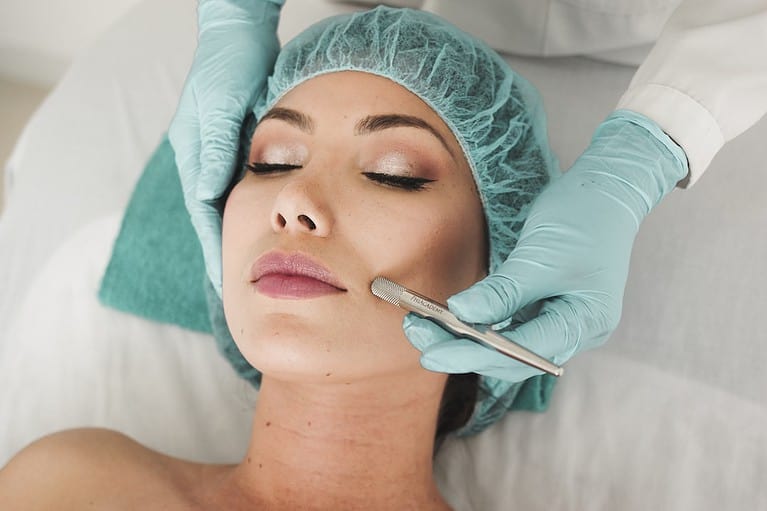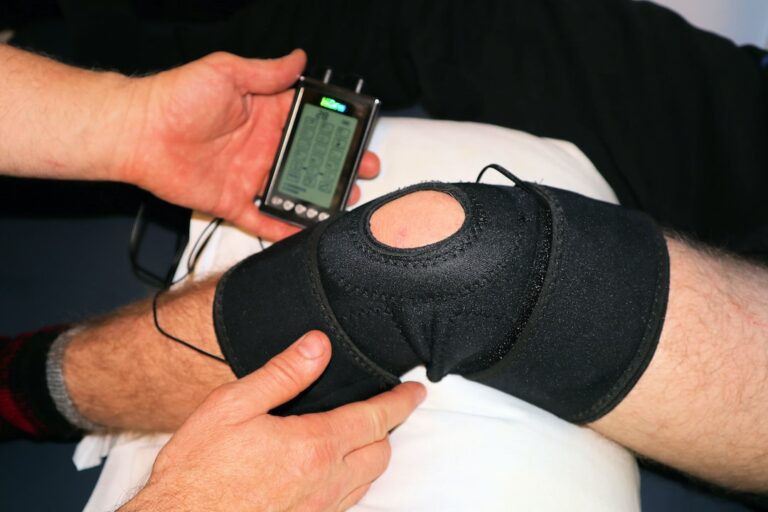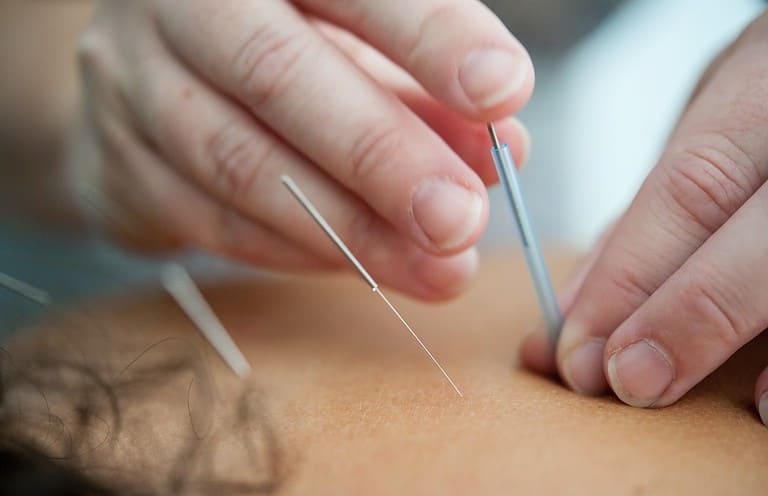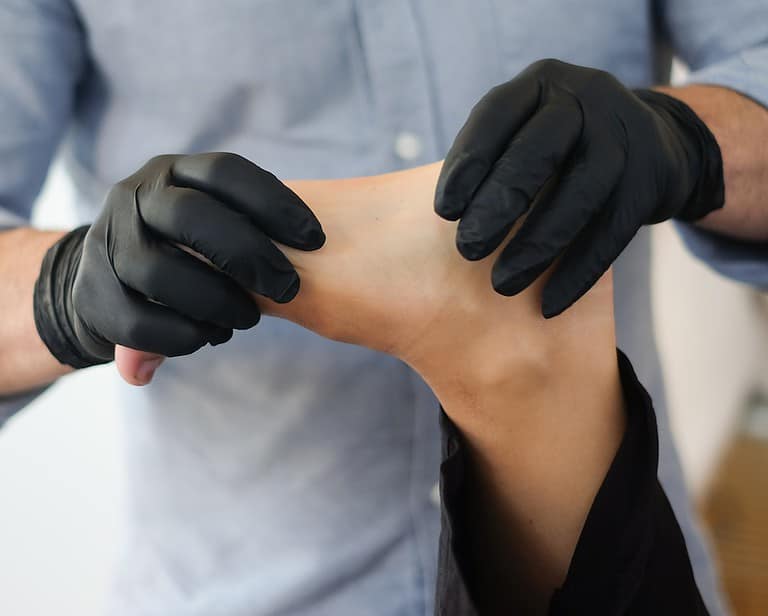How Does Microcurrent Therapy Work? A Look at Its Benefits
How does microcurrent therapy work? This is a question that many people are asking these days as they seek alternative treatments to improve their overall health and well-being. Microcurrent therapy has been gaining in popularity over the past few years, but what exactly is it and does it really offer any benefits?
In this article, we will explore the types of microcurrent treatments available, discuss safety concerns, look at cost and availability issues as well as answer the all-important question: how does microcurrent therapy work? We’ll also provide an overview of how this technology works so you can make an informed decision about whether or not it’s right for you.
Table of Contents
How Does Microcurrent Therapy Work?
Microcurrent therapy is a form of physical therapy that utilizes very small amounts of electrical current (less than 1mA) to stimulate and repair damaged tissues. It has been used for decades in the medical field to treat chronic pain, muscle spasms, nerve damage, and other conditions. The technology has recently become popular in the beauty industry as well, with many people using it for facial rejuvenation treatments.
This type of treatment is non-invasive and can be used on various parts of the body including muscles, tendons, ligaments, nerves, joints and organs.
What Are the Benefits of Microcurrent Treatments?
There are numerous benefits associated with microcurrent therapy such as:
- Improved circulation helps reduce inflammation.
- Increased collagen production leads to firmer skin.
- Improved lymphatic drainage helps flush out toxins from the body.
- Enhanced cell regeneration repairing damaged cells.
- Relief from chronic pain due to injury or illness.
- Reduced scarring after surgery or trauma.
- Improved range of motion due to increased flexibility in joints and muscles.
- Faster healing time following an injury or surgery.
(Source)
How Does Microcurrent Therapy Work?
During a microcurrent session, electrodes are placed on specific areas of the body where there is discomfort or damage. These electrodes send tiny electric pulses into the area being treated, stimulating both sensory receptors within the tissue as well as motor neurons responsible for muscle contraction and relaxation.
This stimulation causes an increase in blood flow, bringing oxygenated nutrients into the area while flushing away waste products. This results in quicker healing times along with providing relief from pain caused by inflammation or injury.
Microcurrent therapy is a non-invasive, painless treatment that can help improve the appearance of the skin, reduce body fat and manage pain.
Types of Microcurrent Treatments
Microcurrent therapy is a non-invasive treatment that uses low-level electrical currents to stimulate the body’s natural healing processes. It can be used for a variety of treatments, including facial rejuvenation, body contouring, and pain management.
But how does microcurrent therapy work? Let’s discuss the different types of microcurrent technology and treatments available and their potential risks and side effects.
Professional Microcurrent Facials
Microcurrent therapy has been shown to reduce wrinkles, improve skin tone and texture, lift sagging skin, and decrease puffiness around the eyes. It has also been shown to diminish dark circles under the eyes, and stimulate collagen production in the face and neck area as well as tighten pores on the face and forehead area.
Additionally, it can also help reduce acne scarring. Facial rejuvenation treatments are typically done over several sessions depending on your desired results.
Body Contouring Treatments
Microcurrent therapy can also be used for body contouring by targeting specific areas with electrical stimulation to help tone muscles while improving circulation throughout your entire body. This type of treatment helps you achieve smoother curves in areas such as arms or thighs without having to undergo surgery or liposuction procedures.
Microcurrent devices may help reduce cellulite deposits when combined with other forms of exercise like yoga or Pilates.
Pain Management Treatments
Microcurrent therapy is often used for pain relief due to its ability to target specific areas where there is inflammation or tension causing discomfort. It can provide immediate relief from aches and pains associated with chronic conditions such as fibromyalgia or arthritis.
It can also be beneficial for those suffering from muscle spasms caused by sports injuries or accidents since it helps relax tight muscles while increasing blood flow. This reduces swelling around joints affected by these conditions too.
Other Ways That Microcurrent Works
Other than facial rejuvenation treatments, body contouring treatments, and pain management treatments, microcurrent therapy has many other applications. These are:
- Reducing stress levels.
- Improving sleep quality.
- Strengthening hair follicles. This leads to thicker and healthier hair growth.
- Speeding up recovery time after an injury.
It is important to consult your doctor prior to starting any new health regimen, especially one involving electricity. Possible risks include burns if electrodes are placed incorrectly during a session, skin irritation due to prolonged exposure, or electric shock if not handled properly. Additionally, those who have pacemakers implanted should avoid using this type of therapy altogether as it could interfere with their device’s functioning.
Microcurrent treatments offer a wide range of options for facial rejuvenation, body contouring, and pain management. However, it is important to be aware of the potential risks and side effects before starting any treatment session.
Safety and Side Effects of Microcurrent Therapy
While it has been used for decades in medical settings, microcurrent therapy is now gaining popularity as an alternative health and wellness treatment. However, before undergoing any type of medical procedure or treatment, it’s important to understand: how does microcurrent therapy work? We also have to take a look at its risks and side effects.
Potential Risks and Side Effects
The most common side effect associated with microcurrent therapy is mild discomfort during the session due to the electrical stimulation. Other potential risks include skin irritation or redness at the site of application. However, these are usually temporary and will go away after a few hours.
It’s also possible that some people may experience muscle twitching during their session. This can be uncomfortable but should not cause any lasting damage.
Who Should Avoid Using Microcurrent Therapy?
People who have pacemakers or other implanted electronic devices should avoid using microcurrent therapy as there could be interference between them and the electrical currents used in this type of treatment. Additionally, pregnant women should consult their doctor before considering microcurrent therapy as its safety has not yet been established for use during pregnancy.
Consult Professionals
Before beginning your first session of microcurrent therapy, you should discuss all potential risks with your practitioner so that you can make an informed decision about whether this type of treatment is right for you.
You should also ensure that your practitioner follows all safety protocols when administering treatments such as wearing gloves while applying electrodes to reduce skin irritation from contact with metal parts on the device.
Finally, if you experience any unusual symptoms after your session such as dizziness or nausea, seek immediate medical attention from a qualified healthcare professional.
Overall, microcurrent therapy is generally safe and has few side effects when performed by a qualified practitioner. However, it’s important to understand the potential risks and safety considerations before beginning any treatment session.
Conclusion
How does microcurrent therapy work? Microcurrent therapy is a safe and effective treatment for various medical conditions. It can be used to reduce pain, improve circulation, and promote healing. While there are some risks associated with this type of therapy, they are generally minimal.
The cost and availability of microcurrent therapy vary depending on the practitioner you choose and your location. Ultimately, this type of therapy has been proven to provide relief from many ailments in both short-term and long-term treatments.







